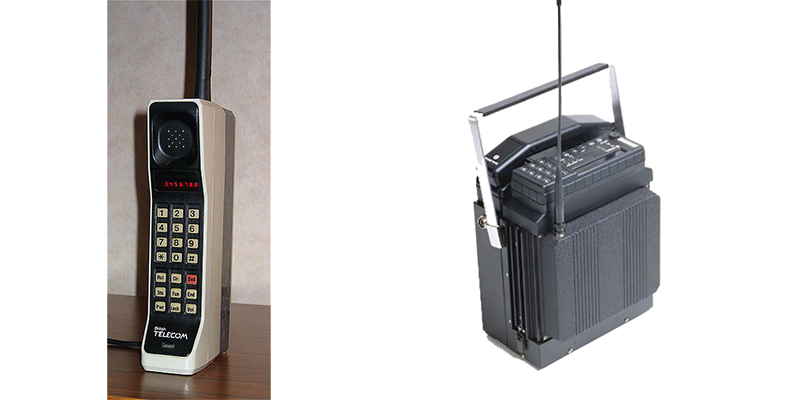
Fifty year ago on the 3rd of April 1973 Marty Cooper, a Motorola engineer in the USA, made the first ever phone call from a handheld cellular phone to a colleague working at Bell Labs. That prototype “brick phone” gave 30 minutes of talk time after a 10 hour charge.
It would take another ten years before the first handheld mobile phone, again made by Motorola, was available commercially to make calls over a cellular service.
Mobile telephony services had been available from the 1950s, but incoming calls had to be manually connected to the nearest base station by an operator and mobile terminals were large, expensive and normally confined to cars.
Bells Labs were at the forefront of the development of cellular systems with the concepts of cells and handover between cells originating from that USA-based organisation. But the first automatic cellular commercial phone service was offered in Tokyo in 1979. However, this service was confined to car phones.
The first cellular service that allowed international roaming was released in Nordic countries including Finland in 1981. The phones available for this system were portable (in a shoulder bag) but not “handheld”.
Other automatic cellular systems followed in other countries with the USA system using that first handheld phone arriving in 1983.
But it wasn’t until the 1990s that the ownership of a mobile phone expanded beyond a narrow base, with the development of the GSM digital cellular system in 1991 leading to the smartphones we all use today.
Here at PTT we are interested in telecoms history but our prime focus is providing training in the telecoms services and systems in use today and looking ahead at developments that will shape the services of tomorrow.
PTT online courses range from a course introducing mobile technology to those giving details of advanced mobile systems.